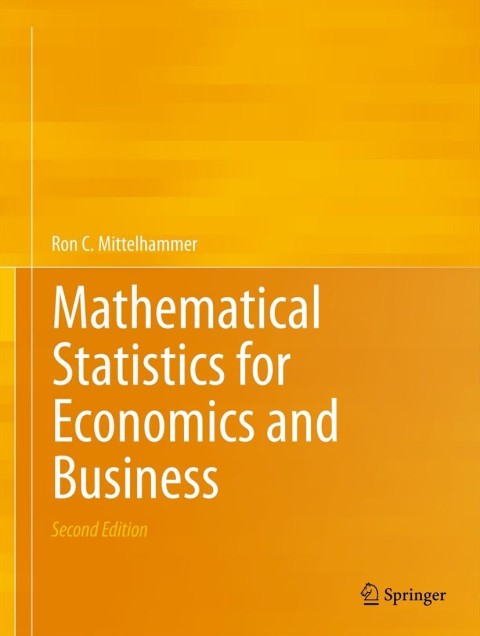A committee of three students will be randomly selected from a senior-level political science class to present
Question:
A committee of three students will be randomly selected from a senior-level political science class to present an assessment of the impacts of an antitax initiative to some visiting state legislators. The class consists of five economists, eight political science majors, four business majors, and three art majors. Referring to the experiment of drawing three students randomly from the class, let the bivariate random variable \((X, Y)\) be defined by \(x=\) number of economists on the committee, and \(y=\) number of business majors on the committee.
a. What is the range of the bivariate random variable \((X, Y)\) ? What is the PDF, \(f(x, y)\), for this bivariate random variable? What is the probability space?
b. What is the probability that the committee will contain at least one economist and at least one business major?
c. What is the probability that the committee will consist of only political science and art majors?
d. On the basis of the probability space you defined in
(a) above, is it possible for you to assign probability to the event that the committee will consists entirely of art majors? Why or why not? If you answer yes, calculate this probability using \(f(x, y)\) from (a).
e. Calculate the marginal density function for the random variable \(X\). What is the probability that the committee contains three economists?
f. Define the conditional density function for the number of business majors on the committee, given that the committee contains two economists. What is the probability that the committee contains less than one business major, given that the committee contains two economists?
g. Define the conditional density function for the number of business majors on the committee, given that the committee contains at least two economists. What is the probability that the committee contains less than one business major, given that the committee contains at least two economists?
h. Are the random variables \(X\) and \(Y\) independent? Justify your answer.
Step by Step Answer:

Mathematical Statistics For Economics And Business
ISBN: 9781461450221
2nd Edition
Authors: Ron C.Mittelhammer





